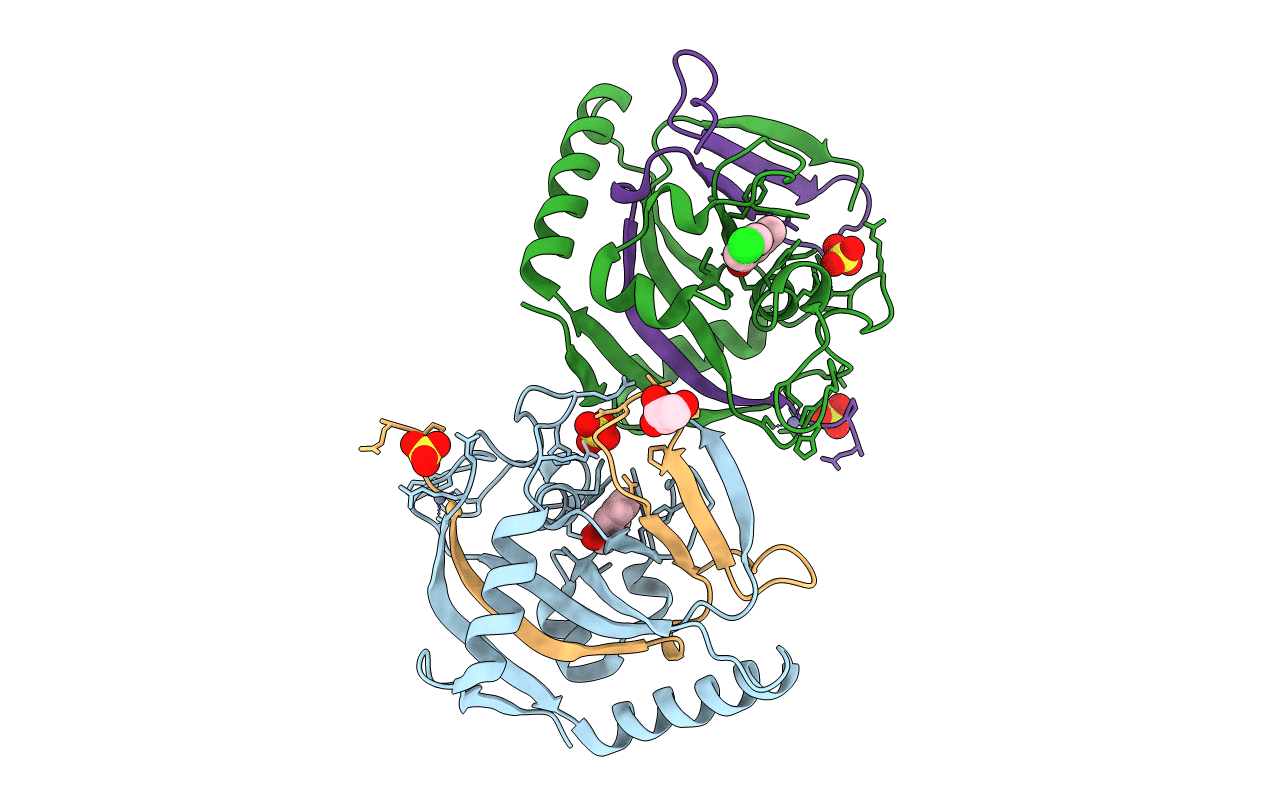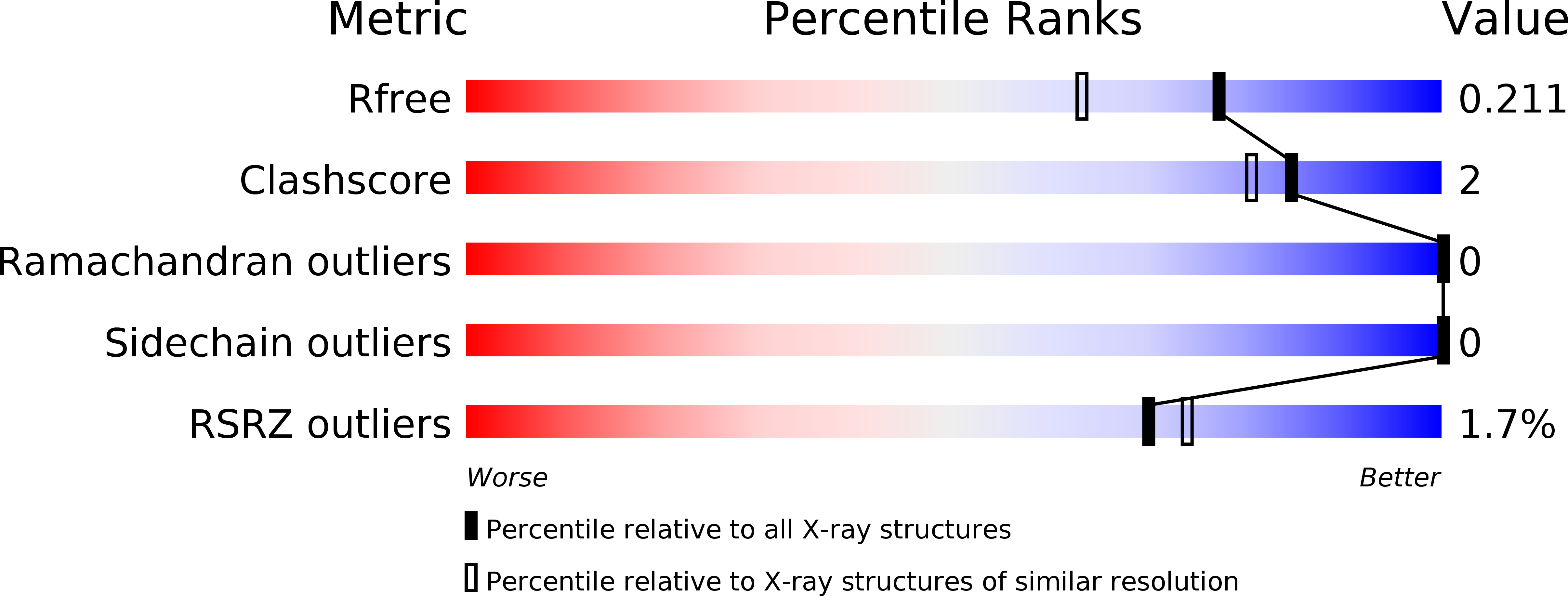
Deposition Date
2013-06-01
Release Date
2013-10-30
Last Version Date
2023-09-20
Entry Detail
PDB ID:
4L0V
Keywords:
Title:
Tankyrase 2 in complex with 4'-chloro flavone
Biological Source:
Source Organism:
Homo sapiens (Taxon ID: 9606)
Host Organism:
Method Details:
Experimental Method:
Resolution:
1.70 Å
R-Value Free:
0.20
R-Value Work:
0.17
R-Value Observed:
0.17
Space Group:
C 2 2 21


